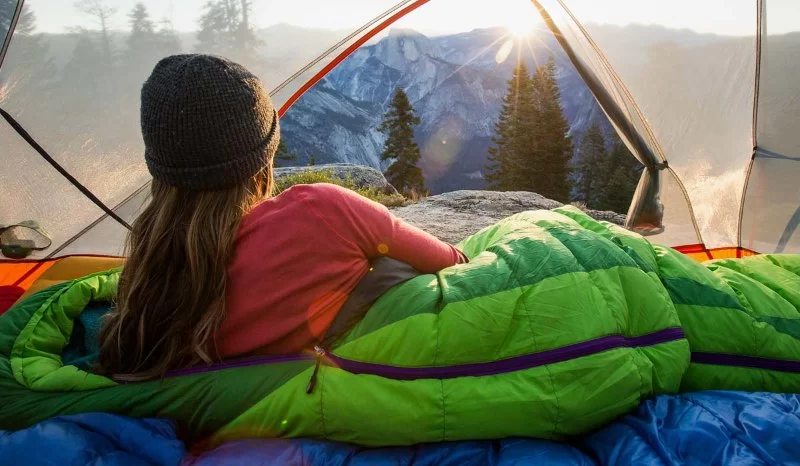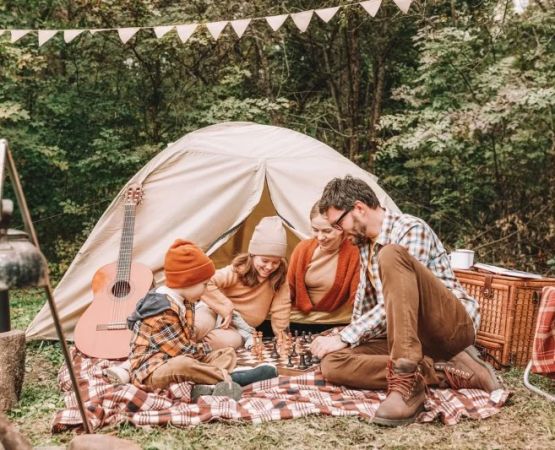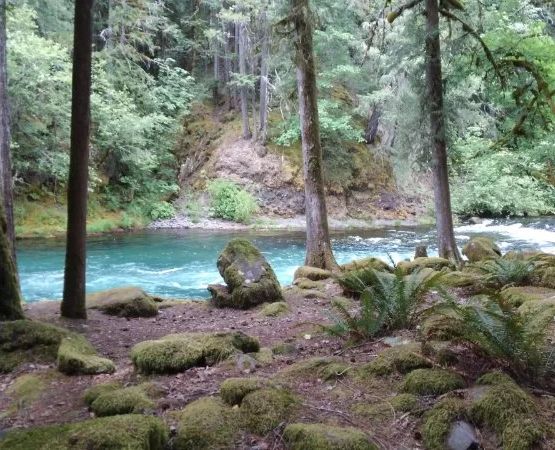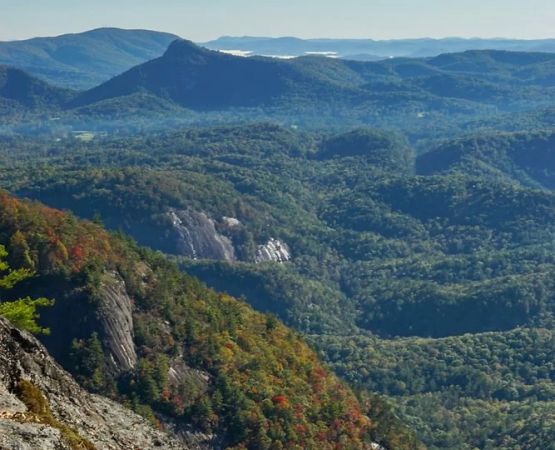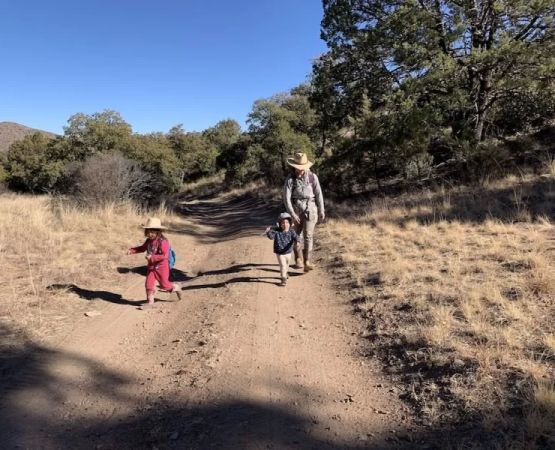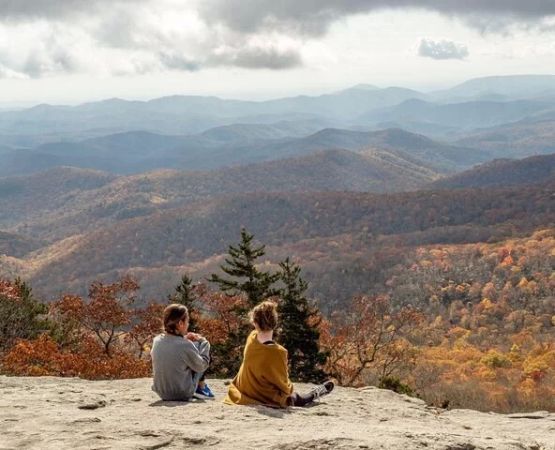- 1 - Understanding Your Sleeping Bag's Role in Cold Weather
- 2 - Temperature Ratings: Choosing the Right Level of Warmth
- 3 - Materials and Insulation: What to Look For
- 4 - Other Essential Factors for Cold Weather Sleeping Bags
- 5 - How to Choose the Best Sleeping Bag for Your Cold Weather Trip
1 - Understanding Your Sleeping Bag's Role in Cold Weather
When you're camping in extreme temperatures, having the right sleeping bag can mean the difference between a restful night and an uncomfortable, potentially dangerous experience. A sleeping bag designed for cold weather is specially engineered to keep you warm by trapping body heat while also allowing moisture to escape. Understanding the role of a sleeping bag in extreme conditions helps you choose the right one for your next adventure.
2 - Temperature Ratings: Choosing the Right Level of Warmth
One of the most important factors to consider when choosing a sleeping bag for extreme warmth is its temperature rating. This rating indicates the lowest temperature at which the sleeping bag will keep you warm. Be sure to choose a bag that can handle temperatures lower than the lowest you expect to encounter. Here's a quick guide:
- Summer sleeping bags: Suitable for temperatures above 32°F (0°C).
- 3-season sleeping bags: Best for temperatures between 20°F (-6°C) and 32°F (0°C).
- Winter sleeping bags: Designed for temperatures below 20°F (-6°C) and can keep you warm in freezing conditions.
- Extreme cold sleeping bags: For temperatures below -20°F (-29°C), perfect for mountaineering or high-altitude camping.
3 - Materials and Insulation: What to Look For
The insulation type and materials used in your sleeping bag are critical to its ability to keep you warm. There are two primary insulation types:
- Down insulation: Known for its light weight and high warmth-to-weight ratio, down is excellent for keeping you warm in freezing temperatures. However, it loses its insulating properties when wet, so it’s best for dry conditions.
- Synthetic insulation: While heavier than down, synthetic materials perform better in wet conditions and dry faster. These are ideal for damp, cold environments, making them a great choice for unpredictable weather.
Additionally, sleeping bag shells are made from materials such as nylon or polyester, with waterproof coatings or DWR (Durable Water Repellent) treatment to provide extra protection from the elements. Look for a sleeping bag with a durable, weather-resistant outer layer to ensure warmth in extreme conditions.
4 - Other Essential Factors for Cold Weather Sleeping Bags
In addition to temperature ratings and insulation, several other factors affect your sleeping bag's performance in extreme cold:
- Shape: Mummy-shaped sleeping bags are ideal for extreme cold as they provide a snug fit and trap heat more effectively than rectangular bags.
- Hood and collar: A well-designed hood and collar can make a huge difference in keeping heat trapped around your head and neck, areas prone to heat loss.
- Sleeping bag liner: Adding a liner to your sleeping bag adds an extra layer of warmth and is an easy way to boost insulation when temperatures plummet.
- Draft tubes: These prevent heat loss from the zipper, which is especially important in freezing temperatures.
5 - How to Choose the Best Sleeping Bag for Your Cold Weather Trip
To select the best sleeping bag for extreme warmth, you’ll want to consider the following factors:
- Know your environment: Consider the climate and expected temperatures during your trip. If you're heading into snowy mountain terrain, you may need an extreme cold weather bag, while a 3-season bag may suffice for mild winter conditions.
- Consider your personal comfort: If you tend to sleep cold, it’s wise to choose a sleeping bag with a lower temperature rating than the conditions you'd expect.
- Check the fit: Sleeping bags come in various sizes, so it's important to choose one that fits your body type. A bag that's too large won’t trap heat effectively, while one that's too small might restrict movement.
By paying attention to these details, you can ensure that you stay warm and comfortable during your cold weather camping adventure. For more expert advice on outdoor gear, visit Pine Cliff Resort for the best camping essentials.

